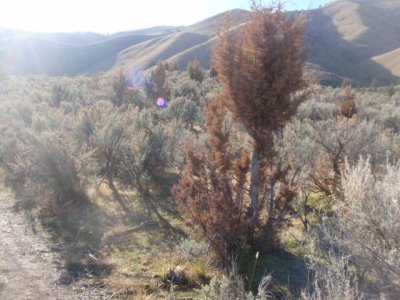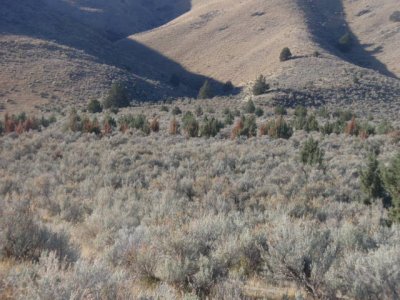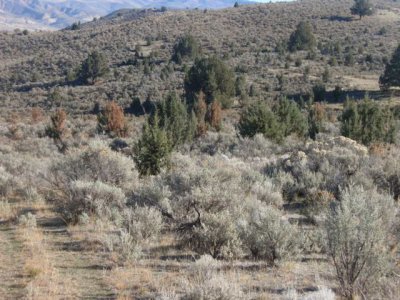bird dog
Well-known member
Remember how Bevo got his name?
The most popular theory is that Cadets from Texas A&M stole the mascot to brand 13 – 0, which was the score the Aggies had won by the year before. Faced with that dilemma some UT student suggested combining the 1 and 3 to create a B, made an E out of the -, added a V, kept the 0 to create BEVO.
The most popular theory is that Cadets from Texas A&M stole the mascot to brand 13 – 0, which was the score the Aggies had won by the year before. Faced with that dilemma some UT student suggested combining the 1 and 3 to create a B, made an E out of the -, added a V, kept the 0 to create BEVO.



